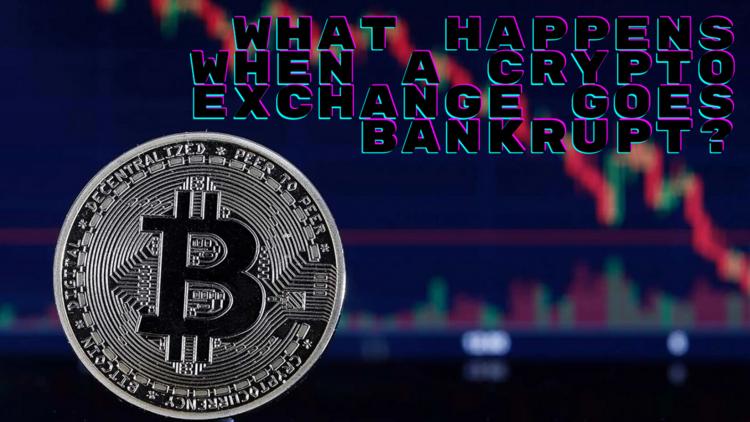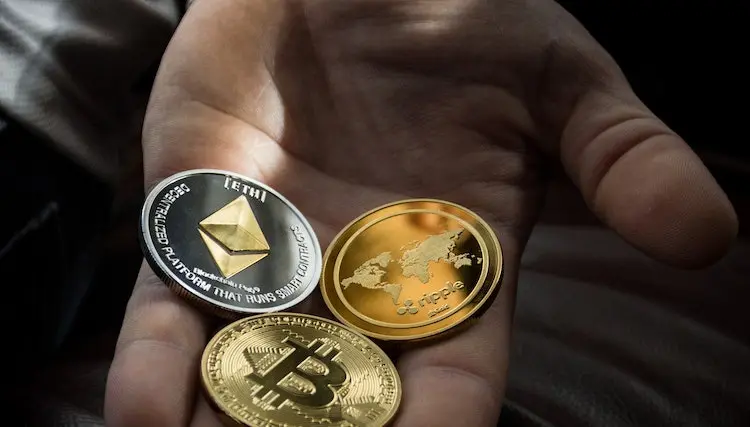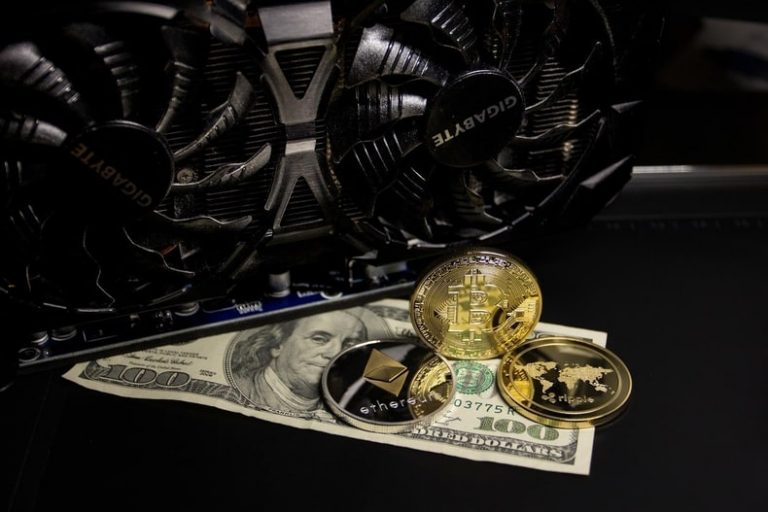What Happens When A Crypto Exchange Goes Bankrupt?
It is often said that cryptocurrency exchanges are similar to stock markets. In contrast to the most well-known stock exchanges, which have been around through several economic downturns without flinching, these newer markets operate somewhat differently.
The stock market is a highly regulated entity that also aids in the regulation of the trading of shares but cryptocurrency exchanges are largely unsupervised and perform no supervisory role.
Indeed, the dominant cryptocurrency exchanges like Binance, Coinbase, and FTX run counter to the original goals of Bitcoin and blockchain technology by centralizing power in a system designed to free financial transactions from the authority of governments, banks, and other middlemen.
But when these crypto exchanges go bankrupt, it all goes terribly wrong – not for the exchanges but for the numerous investors who have their funds trapped in a centralized system with no security for refunds.
So, what happens when a crypto exchange goes bankrupt?
THE RISK OF CENTRALISED EXCHANGES
As its name suggests, centralized cryptocurrency exchanges work as a go-between for buyers and sellers, processing the bulk crypto trades that pass through its platform.
In a centralized exchange, all of the financial dealings are handled by a single organization. The administration firm is accountable for keeping the ledger, processing transactions, protecting user information, and other related tasks. The commonplace use of traditional banks is a good illustration. Do you carry around a bank debit card? The central authority is the bank that issues the currency.
In a more holistic sense, should a crypto exchange be ‘centralized’ and what does this mean for the safety that Bitcoin’s decentralization ideology posits?
Hackers and data thieves can easily gain access to centralized exchanges more easily than they can to decentralized ones. A hacker just needs to breach the exchange’s security to gain access to users’ assets, bank data, and other sensitive information.
Centralized exchanges provide some advantages, but they also have the drawback of being difficult to decentralize.
They have been criticized for altering the value of their currencies on multiple occasions, and customers often lack full access to the system. Market factors and withdrawal constraints mean that users’ funds might not be immediately accessible, and in the worst situation, they might not even exist.
THE CRYPTO EXCHANGE CRASHES OF 2022
When a Crypto exchange crashes (or goes bankrupt), in the US for example, the Exchange files for Chapter 11 bankruptcy. This process allows a liquidator to be appointed for the bankruptcy process and to recover as many assets as possible while retaining a minor part of regular operations.
There has been a brutal “crypto winter” over the months of 2022 before the tsunami of bankrupt filings began to flood the crypto space.
The first was Voyager Digital, a Canadian cryptocurrency broker and lender, which filed for Chapter 11 bankruptcy in New York on July 6, 2022, after temporarily blocking customers from accessing their funds.
After a few days, Celsius, which calls itself “a crypto bank,” disclosed that it, too, had filed for Chapter 11 bankruptcy. The fall of the Celsius token has been called a watershed moment for the cryptocurrency industry, and this comes after the meltdown of the Terra/LUNA stablecoin in May 2022.
But in a shocking series of events, FTX – one of the biggest Cryptocurrency exchanges filed for Chapter 11 in November, taking down billions of dollars in investors’ funds in its fall. Allegations of misappropriation of customers’ funds and bad financial practice against its CEO were rife in the Crypto space.
With how delicate the discussion of the regulation of cryptocurrency has been, these crashes, especially that of FTX, have been said to set the crypto progress back a couple of years. Now, proposals are being made and legislations have been suggested on the regulatory measures of the Securities market to be equally applied to the Cryptocurrency space.
Realistically, this seems like a good venture and may possibly reduce the risk of more exchanges crashing but what does this say for the decentralization of the Blockchain system?
WHAT HAPPENED TO FTX?
At the age of 28, Sam Bankman-Fried set up FTX, which was one of the biggest cryptocurrency exchanges, with an estimated $32 billion market valuation before its bankruptcy. Super Bowl commercials and regionally targeted marketing were part of Bankman-Fried’s marketing strategy along with a host of other PR efforts.
To help cryptocurrency businesses that were in trouble as a result of the price drops in early 2022, Bankman-Fried negotiated agreements worth around $1 billion to bail out several crypto projects in 2022.
However, all of these don’t matter much anymore since the events of November 2022.
FTX filed for voluntary Chapter 11 bankruptcy on November 11, 2022. By filing for Chapter 11 bankruptcy, companies are able to reorganize their debt and keep running their businesses with minimal interruption. However, in an industry like Cryptocurrency that thrives on volatility and news reports, it will be difficult for operations to continue as usual without any drawbacks.
Due to poor liquidity and misuse of funds, FTX and FTX US both fell, prompting a flood of withdrawals from scared investors. In December 2022, the value of FTX’s native token, FTT, hit a two-year low, dragging other coins down with it.
Damage from FTX’s demise, which came after a difficult year in the crypto industry, is not limited to the businesses with which it was affiliated. Due consideration is given to the thousands of micro-investors who priorly had funds on the FTX platform.
ARE CUSTOMERS’ FUNDS SECURE WHEN AN EXCHANGE CRASHES?
When compared to the potential safety of the funds in your deposit accounts in the event that your financial institution or credit union collapses, cryptocurrencies are not safeguarded or controlled by the federal government in the same way.
While the FDIC and NCUA insurance protects cash in traditional bank accounts, the government does not step in to assist investors in recouping any funds they may have placed into a cryptocurrency exchange.
In the event that bankruptcy occurs, it is ultimately up to each individual exchange to determine what will happen to your funds. When it comes to the rules that govern what would happen to its clients’ assets in the event that the exchange went bankrupt, different marketplaces have adopted a variety of policies, with some marketplaces specifying in their conditions that the funds may not be refunded.
For the 90 days prior to a bankruptcy filing, an exchange may legally recover some or all of the funds withdrawn from customer accounts. If you fear, say Binance is in trouble and withdraw funds, you had better hope they can stay in business for at least three more months, otherwise, you may have to return the funds to the bankruptcy trustees.
All of this points to the realization that holding the majority of your funds in a centralized exchange could be a time bomb ticking slowly till it goes off. However, how do you secure your funds properly?
HOW CAN I SECURE MY CRYPTO?
After making a purchase on a cryptocurrency exchange, your new crypto assets will be held in a custodial wallet maintained by the exchange. This means that the exchange itself holds custody of your “private key,” or the password that grants you access to and control over your crypto.
On the contrary, a non-custodial wallet stores your private key locally on your computer or in a web browser, so you retain complete control of your funds at all times. The drawback is that it is simple to acquire access to your funds and password if you use a web-based wallet through a cryptocurrency exchange. If you choose a “hardware” wallet that doesn’t store your funds for you, losing your private key could be disastrous.
It is not necessary to keep your cryptocurrency on the exchange where you initially bought it. Your cryptocurrency holdings in a web-based wallet may be locked or lost entirely in the event of bankruptcy. You can find information on how to sell Ethereum in Australia at the popular crypto exchange TimeX. Australian service provides users with a fast and secure experience, unlike FTX.
The wise thing to do is to move your funds to a custodial wallet. This protects you from liquidation in the event that your crypto exchange goes bankrupt and also gives you unrestrained control over your crypto assets.
FINAL WORDS
Self-custody is the only way to ensure the security of your cryptocurrency if you are not an active trader, which means keeping your money in a wallet for which you hold the private key.
The upshot is that CEXs are not secure, and that cryptocurrency exchanges are not like stock markets. In the event of a cyber-attack or the collapse of an exchange, you stand to lose everything. The uncontrolled cryptocurrency market is especially risky, but any investment has its potential downsides.
Your cryptocurrency holdings on any exchange or investment platform may be at risk in the case of the company’s collapse. The customer’s timeline for repayment (which is not assured) is extended while the company uses the funds to pay off creditors and legal bills.
Blockchain technology is considered to be well alive despite FTX and other exchanges going under in 2022; it is the basis for many exciting new projects that promise to transform the global financial and economic systems and 2023 looks very promising for the crypto space.







